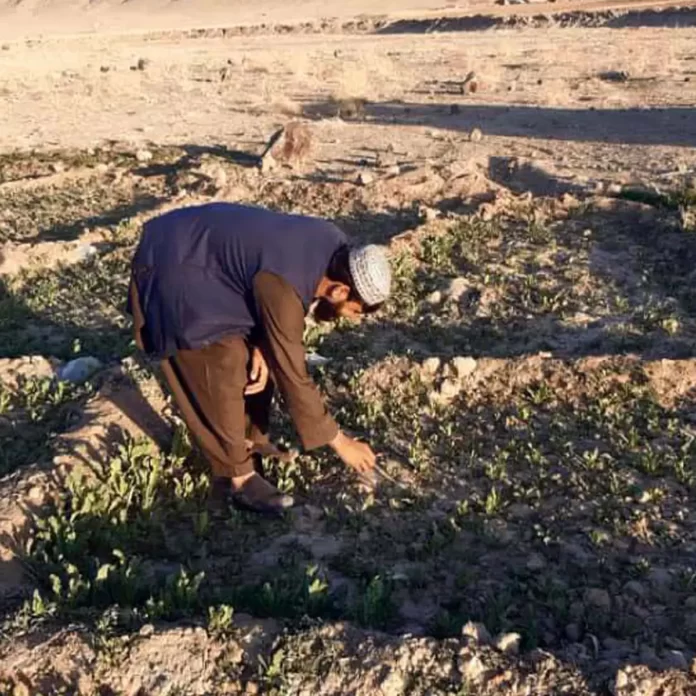Kabul [Afghanistan]: According to Minister Abdul Salaam Hanafi’s reports in which it is found that more than 5 million people in Afghanistan take drugs, in which 1 million are minors and womens.
Hanafi gave these reports during the meeting with the representatives from International Rescue Committee (IRC).
According to ‘Inamullah Samangani’ the spokesperson of the Islamic Emirate of Afghanistan (IEA) “, if the International Community assists the Afghan farmers in providing their alternatives, the IEA is committed to making efforts in uprooting narcotics across Afghanistan.
Meanwhile, the head of IRC in Afghanistan, Vicki Aken, said that delivering health services to constrained areas is a priority of the IRC, and at the same time, it is a suggestion that has been made to the de facto management in this regard.
After that, Deputy Director of the committee ‘Zahra Wardak’ stated that the committee is keenly interested in working for Afghan women and children and also with the financial self-sufficiency of Afghan women, as per reports.
However, they sold “Opium” and some other drugs openly in the market without any fear in southern regions.
As per some reports, the two regions of “Kandahar and Helmand” have been known for being the top poppy producers.
Afghanistan has come among the world’s leading illicit drug-producing countries. There is a number of drug addicts currently on the streets.
Moreover, the Taliban has a crackdown on small drug dealers, but big dealers have mainly been given a free pass.
Afghanistan’s illicit drug economy is unparalleled in its scale and has been deeply entrenched since the 1980s.
Provisional decreases in poppy cultivation and heroin production caused by market forces, acts of nature, or policies, have not been maintained or sustainable.
Structural drivers of the illegal drug economy – insecurity, political hurdles, and a lack of economic options – remain unaddressed and cannot easily be overcome for years to come.

